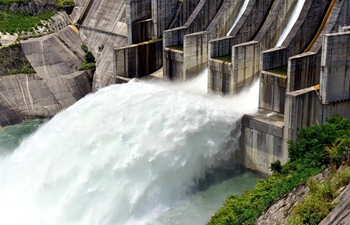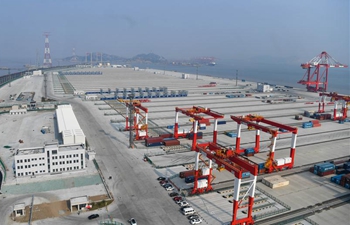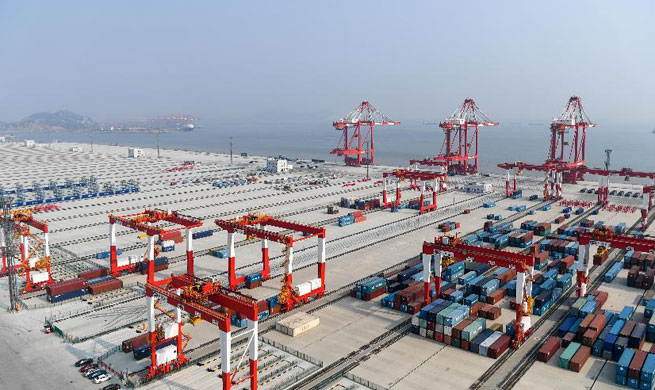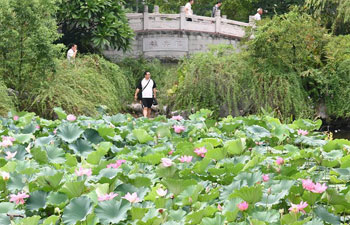LANZHOU, July 26 (Xinhua) -- Even during the dog days of summer, Zhang Guosen, 50, is hard at work in a greenhouse in Jiuquan, northwest China's Gansu Province. All around him, tomatoes, cucumbers and gourds grow in rows.
Zhang is head of the vegetable division under the Suzhou District Agriculture and Animal Husbandry Bureau and is responsible for providing technical guidance on greenhouse cultivation.
"We used to think it was impossible to grow vegetables in the barren Gobi Desert," Zhang said.
Located in the western Hexi Corridor, an important part of the ancient Silk Road, Jiuquan is notorious for droughts and barren land covered with sand and gravel.
A fragile ecosystem and lack of water have limited the development of agriculture.
The local government has come up with measures to help farmers, including building greenhouses and introducing organic soilless cultivation.
"We can take advantage of the abundance of sunshine in the desert to grow vegetables," Zhang said.
The greenhouses are built with sand and gravel. Locally sourced plant and animal waste is used in place of soil and fertilizer in the soilless cultivation, according to Zhang.
Compared to traditional vegetable cultivation, the cost of soilless cultivation in the greenhouses is lower because there is no need to buy extra fertilizers and pesticides. In addition, crop quality is guaranteed because of organic farming.
"We adopted micro-spray irrigation technology, which can save about 40 percent of water used in traditional agriculture methods," Zhang said.
Research and development institutions such as the Chinese Academy of Agricultural Sciences and Gansu Agricultural University have helped the district introduce advanced technology, including wireless remote controlled equipment, multi-functional data collection systems, and carbon-dioxide generators.
"The equipment can be used to remotely monitor and change the temperature, humidity and concentration of carbon dioxide in the greenhouses," said Zhang. "Farmers can view the data on mobile apps."
So far, around 786.7 hectares of greenhouses have been set up in the district, and crops have been expanded to include mushrooms and grapes.
The greenhouses have also indirectly contributed to the prevention of land desertification in the Gobi Desert region.



















